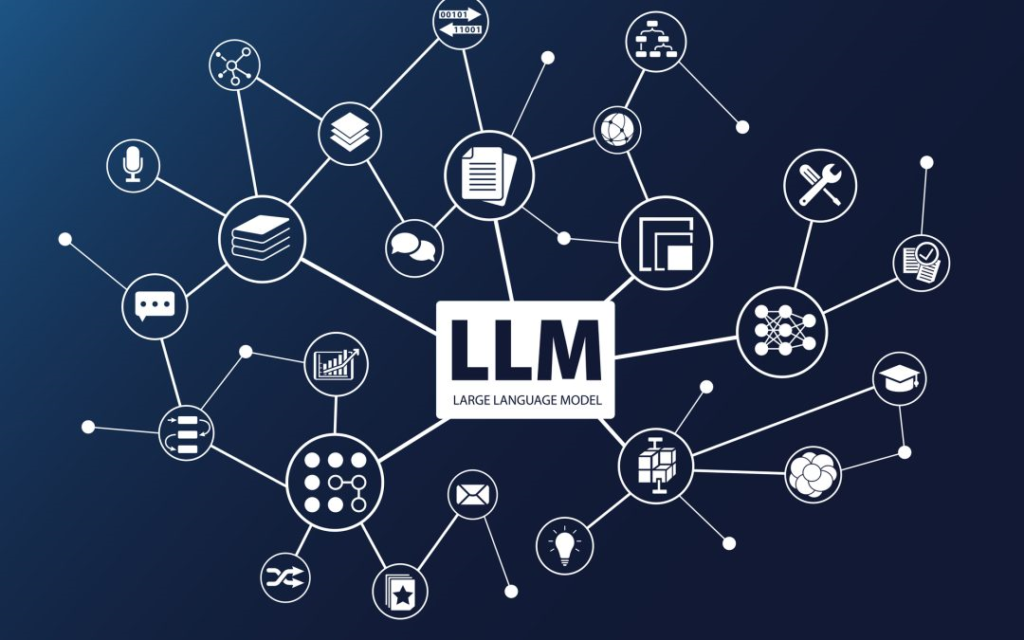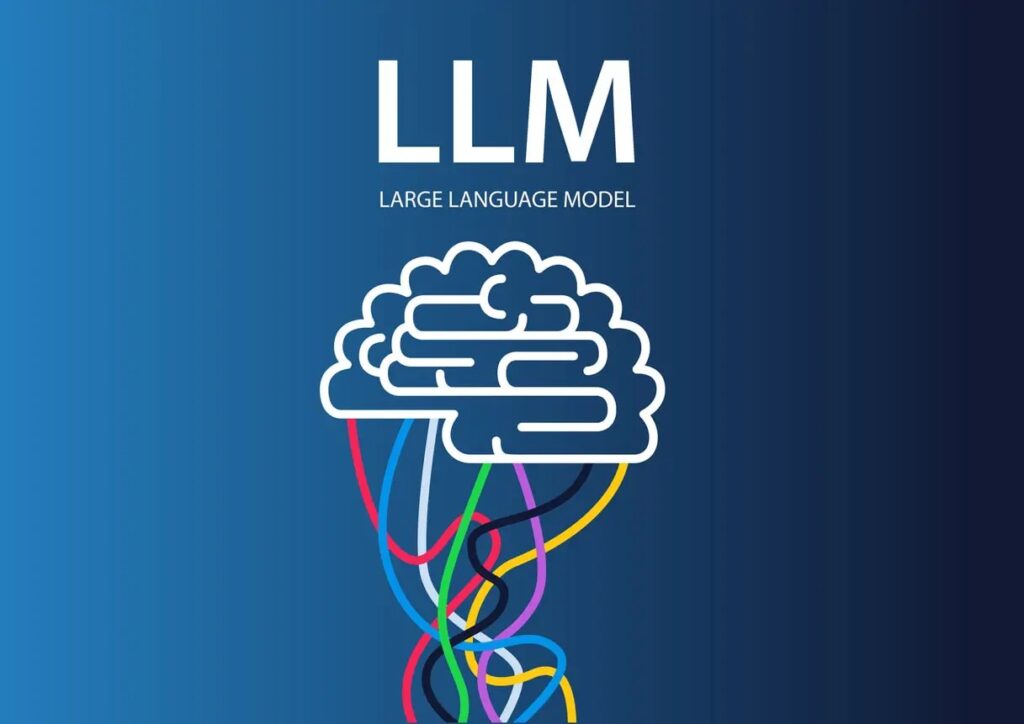In the not-so-distant past, just a year ago in November, the world of machine learning was focused on constructing models for specific tasks such as loan approvals and fraud protection. Fast forward to today, the landscape has shifted with the emergence of generalized Large Language Models (LLMs). However, the era of task-based models, described by Amazon CTO Werner Vogels as “good old-fashioned AI,” is far from over and continues to thrive in the enterprise.
Task-based models, the foundation of AI in the corporate world before LLMs, remain a crucial component. Atul Deo, general manager of Amazon Bedrock, a product introduced to connect with large language models via APIs, emphasizes that task models haven’t vanished; instead, they’ve become an additional tool in the AI toolkit.
In contrast to LLMs, task models are tailored for specific functions, whereas LLMs exhibit versatility beyond the predefined model boundaries. Jon Turow, a partner at investment firm Madrona and former AWS executive, notes the ongoing discourse about the capabilities of LLMs, such as reasoning and out-of-domain robustness. While acknowledging their potential, Turow highlights the enduring relevance of task-specific models due to their efficiency, speed, cost-effectiveness, and performance in specialized tasks.

Despite the allure of all-encompassing models, the practicality of task models remains undeniable. Deo argues that having numerous separately trained machine learning models within a company is inefficient, making a compelling case for the reusability benefits offered by large language models.
For Amazon, SageMaker remains a pivotal product within its machine learning operations platform, catering specifically to data scientists. SageMaker, with tens of thousands of customers building millions of models, continues to be indispensable. Even with the current dominance of LLMs, the established technology preceding them remains relevant, as evidenced by recent upgrades to SageMaker geared toward managing large language models.
In the pre-LLM era, task models were the sole option, prompting companies to assemble teams of data scientists for model development. Despite the shift towards tools aimed at developers, the role of data scientists remains crucial. Turow emphasizes that data scientists will continue to critically evaluate data, providing insights into the relationship between AI and data within large enterprises.

The coexistence of task models and large language models is expected to persist, acknowledging that sometimes bigger is better, while at other times, it’s not. The key lies in understanding the unique strengths and applications of each approach in the evolving landscape of artificial intelligence.

